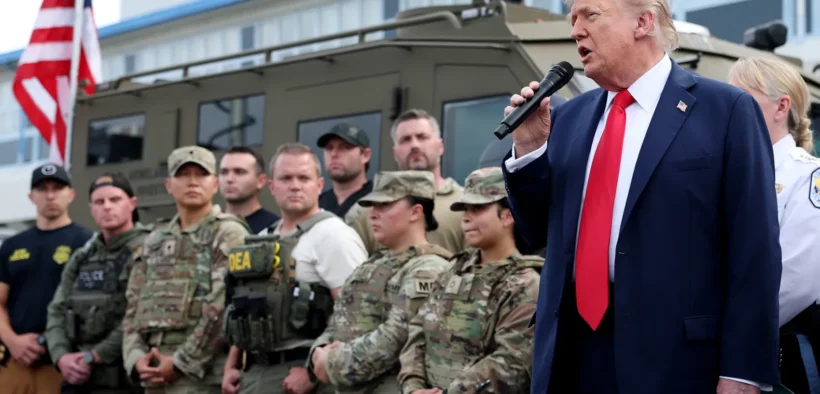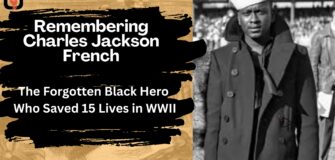National Guard Ordered to Form Quick Reaction Forces for Civil Unrest Nationwide
Share

The National Guard across all fifty U.S. states has been directed to establish specialized “quick reaction forces” capable of responding rapidly to civil unrest and large-scale demonstrations. The new mandate, which excludes the District of Columbia, signals a broader shift toward institutionalizing military readiness for domestic disturbances, a move drawing both praise and concern.

According to defense officials, these quick reaction units will be trained and equipped to handle riots, mass protests, and other forms of civil unrest that could threaten public order. The order comes amid ongoing debates about policing, public demonstrations, and the role of the military within U.S. borders. While Guard leaders describe the move as “precautionary planning,” civil rights advocates warn that such militarization risks escalating tension between communities and authorities, especially in areas with histories of police violence and racial inequality.
Critics argue that the directive reflects a growing acceptance of military presence in situations traditionally handled by civilian law enforcement. “When the government starts normalizing the deployment of soldiers to manage protests, we need to ask serious questions about democracy and freedom,” said one former civil rights attorney. “The right to protest is protected by the Constitution, it shouldn’t be treated as a threat.”

Supporters of the measure, however, say the initiative ensures preparedness in a time of increasing social division. Recent years have seen large-scale demonstrations, from racial justice marches to anti-government protests, that occasionally led to property damage and clashes with police. Proponents argue that well-trained Guard forces can restore order more quickly while minimizing chaos.
Still, many Americans remain uneasy about the blurred lines between civilian and military authority. Memories of the National Guard’s involvement in cities like Minneapolis, Ferguson, and Washington, D.C., during periods of racial unrest continue to shape public perception. For Black communities in particular, the sight of armed troops in American streets is not just about safety, it’s about trust, accountability, and the fear of being silenced.
This latest directive suggests that the federal government is preparing for a long-term posture of internal readiness, one where domestic crises are treated with the same operational seriousness as foreign conflicts. It raises a deeper question: what kind of future is being built when public dissent is met not with dialogue, but with deployment?
For now, state governments are moving forward with their plans to structure and train their respective quick reaction forces. Whether these units become a stabilizing presence or a symbol of government overreach will depend on how, and against whom, they are ultimately used.





